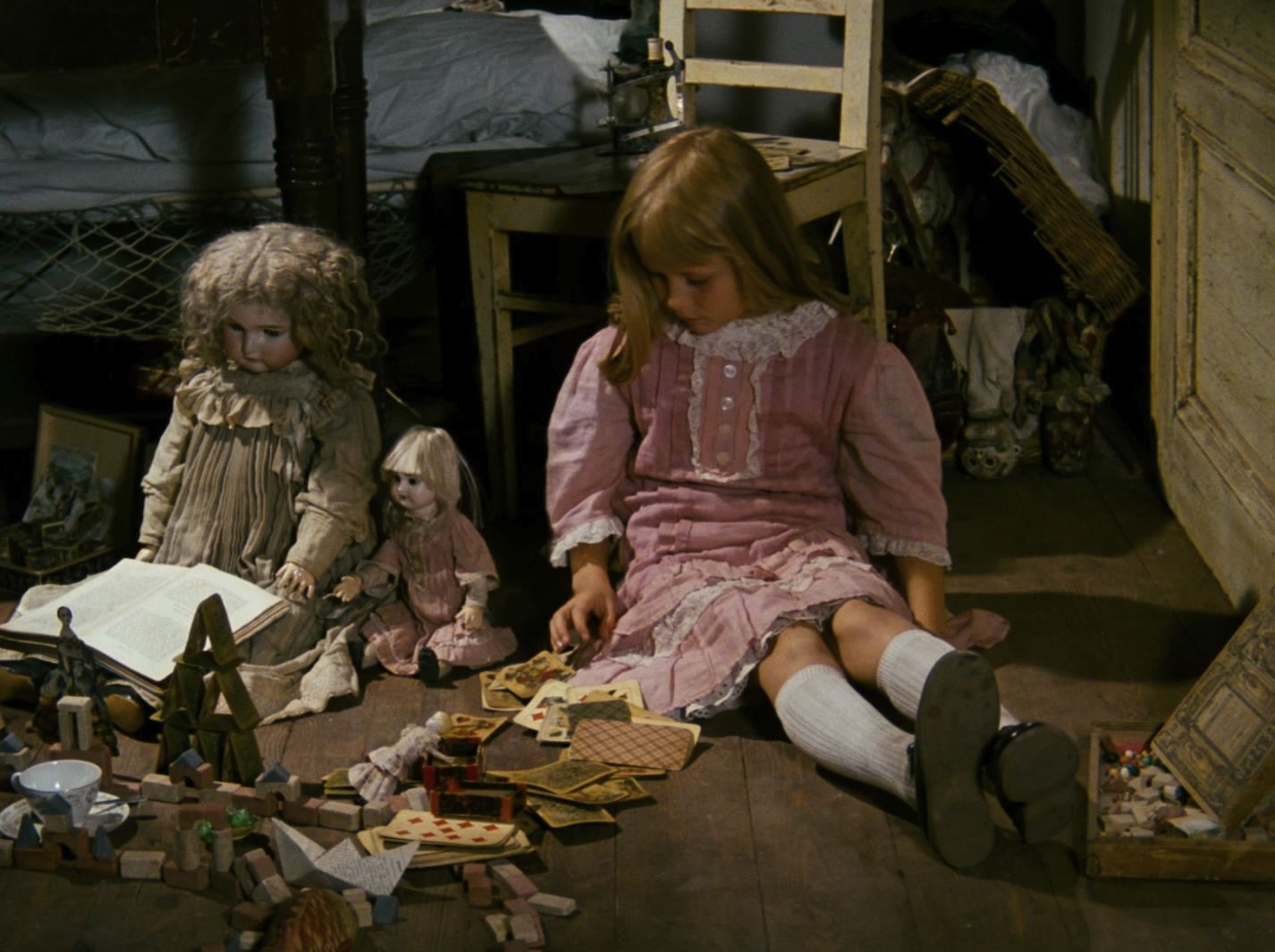
Said The White Rabbit: A Look at 1988's ALICE
 I want to preface this by saying that this is my favorite ALICE IN WONDERLAND adaptation ever. This is my favorite usage of stop motion animation ever. This is one of my favorite movies, ever, ever, ever.
I want to preface this by saying that this is my favorite ALICE IN WONDERLAND adaptation ever. This is my favorite usage of stop motion animation ever. This is one of my favorite movies, ever, ever, ever.
And I'd be lying if I said I could explain it with justice. In true Wonderlandian fashion, the spell this film casts is not easy to put into words, but I can try. Alice was made by legendary Czech animation hero Jan Svankmajer, whose work in stop- motion animation inspired the likes of Tim Burton. In 1988, he made Alice, his first full-length feature film. Alice (Kristyna Kohoutova) is the only human in the entire movie. The rest of Wonderland is completely realized by Svankmajer's masterful stop-motion animation, and it is brilliant.
As a child, I think my fascination with Wonderland came largely from the fact that it only existed to act as foreign terrain to an unassuming Alice. Sure, she encountered some characters who ranged from annoying to murderous, but Alice's stakes were never too high because Wonderland was, after all, a nation built on nonsense. Alice wasn't in Wonderland to restore the balance between good and evil; she wasn't there to achieve any specific goal; Alice's only purpose was to explore Wonderland, and in the eyes of an inquisitive, curious kid, there's something incredibly appealing about that.
To me, this is what makes Alice so extraordinary— it's a film hand-made for exploration. Through its skillful animation and jarring sound design, Wonderland is more tangible— much more sensory— than it has ever been on screen before, or probably will ever be hereafter. Stop-motion is utterly perfect for an Alice in Wonderland. The child in me finds herself utterly engrossed in the realness of each carefully constructed character and environment.
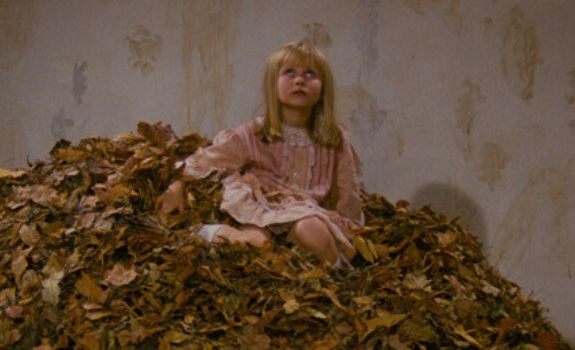
It may seem weird to talk about how perfectly this film can align with a child's mindset, for the thing people seem to note most about Svankmajer's Alice is that...well, it's not exactly Disney. And they're right, it's definitely not. Many adaptations of the Wonderland fable build on the whimsy and charm of Wonderland, but here's the thing— Lewis Carroll, the author of the original Alice's Adventures in Wonderland, offered Wonderland as a parallel to the stuffiness and silliness of the Victorian age. Even if it seemed more exciting than the customs of Victorian society, it was just as nonsensical. Wonderland, Carroll demonstrated, was not much better than real life.
And that's what Svankmajer seems to highlight the most. In this telling, Alice's adventures begin in her sad, fluorescent-lit, harsh attic. Wonderland is not a direct alternative to this; it serves as a more interesting parallel. Wonderland is nothing more than her attic, reconfigured, only now, things move and speak. And it's not pleasant.
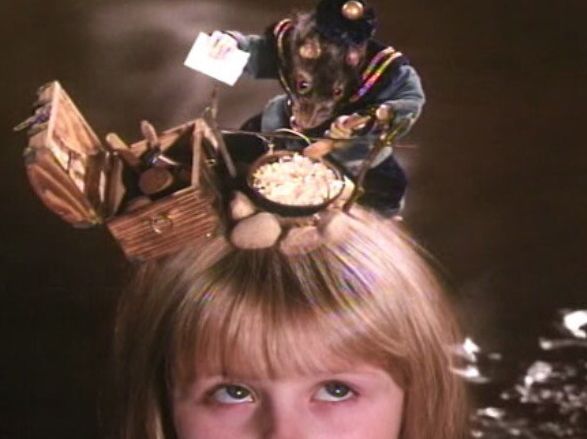
Perhaps most uncanny about this specific use of stop-motion animation is that Svankmajer's enlivened props are fashioned out of real-life objects. There's an intriguing familiarity to Alice's surreal surroundings, and they're all evident to the viewer. In this incarnation of the tale, Wonderland is more like a haunted attic than a completely separate realm. Even if the objects of Wonderland are unreal, there's a firm reality that holds it down, one that we can experience with all our senses: from the fur on taxidermy animals to the creaking of the floorboards, from the crunch of dead leaves to the cracking of the thinly-constructed structure of the dollhouse Alice finds herself growing in. Notably, Alice turns into a literal porcelain doll in the famous "drink me" shrinking scenes, to unnerving effect. For such a surreal story, this element of realism is jarring in the best and most frightening of ways.
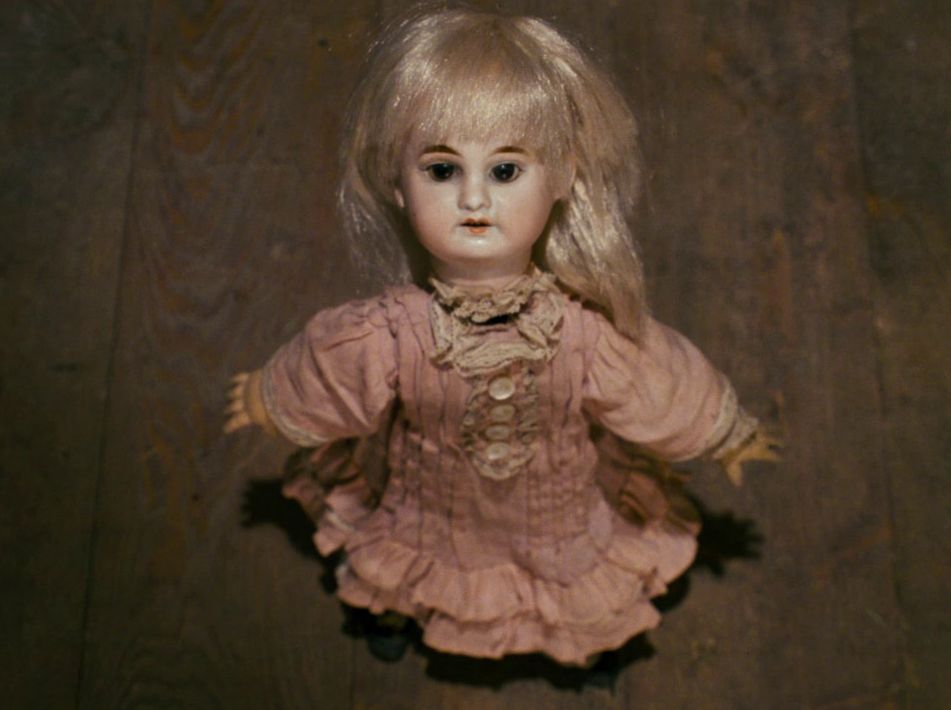
This leads to so much creepy creativity from Svankmajer that never fails to astound me. I can't spoil everything, but this dusty attic takes a life of its own as Wonderland, taking the simplest objects and turning them into childhood nightmares. I should be scared of these characters, truly, but more than anything else I'm endlessly fascinated with them.
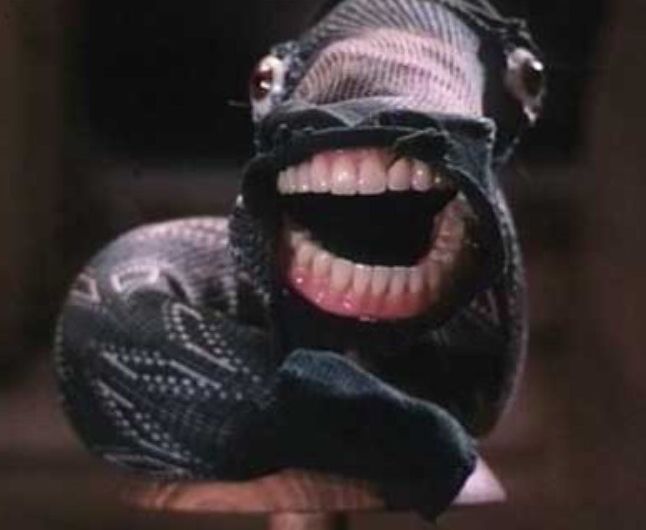
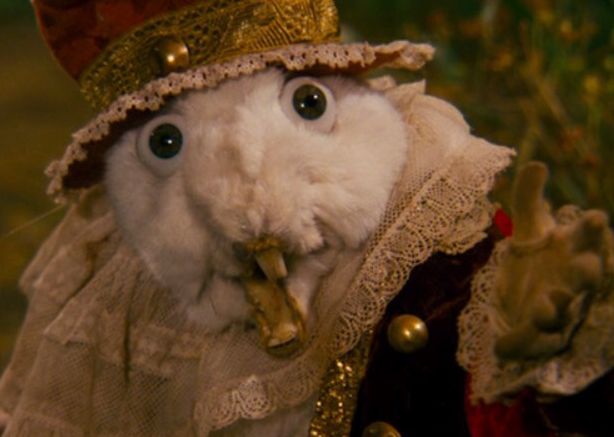
Alice's life, and Alice's Wonderland, is not cute or kitschy or sweet. It's a bit bleak. But in this bleakness is an ever-present curiosity from Alice, a need to explore, to feel around a new place, regardless whether or not its intentions are malevolent. I think this curiosity and potential to figure out the unknown is the true epitome of a child's dream, nightmarish though it be. To be present in this Wonderland is the greatest gift of all— it is an experience. And if we can navigate a nightmare with curiosity, imagine how much better we can be at navigating dreams!